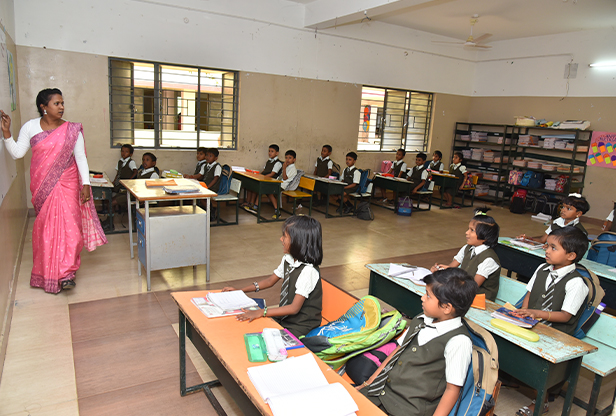
The National Education Policy 2020 emphasizes the use of the mother tongue or local language as the medium of instruction up to Class 5, with a recommendation to continue using it until Class 8 and beyond if possible. This approach aims to strengthen students' foundational understanding by leveraging their native languages.
This policy reflects Johann Wolfgang von Goethe's sentiment, "Instruction does much, but encouragement everything," by encouraging the use of familiar languages to enhance learning and understanding.